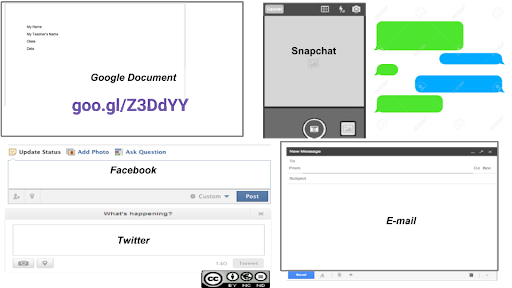Other than grammarians, I have never met a teacher who was gnawing at the bit to teach their students grammar (present company excluded). At the very least, it can be frustrating, boring and students generally don’t seem to retain any of the information we teach them. So, what are the best instructional practices to reach more of our students when it comes to grammar? This question has puzzled educators for the last 100 years. Even in the late 1800’s educators knew that students might memorize grammar rules long enough for a test but then not really know how to apply it. Today, though we have experts like Constance Weaver and Jeff Anderson to help guide us through some best practices, it still feels like we are losing ground in the grammar world with our students.
The Spaces in Which Students Write
There is no doubt students today are much different than when I went to middle school 27 years ago. Cell phones and technology are a huge part of their lives and it’s no secret…it isn’t going away. I have always been fascinated with the implementation of technology and how students can use their devices without it being a distraction in the classroom. So why not approach grammar using students’ own experiences with digital spaces? The first concept that I wanted my students to understand was the difference between formal and informal writing. I also wanted to communicate respect for the spaces my students write in everyday. To help with this, I created a grammar template that my students could use to differentiate between the spaces they write in everyday and that I could use to teach them the necessary grammar skills they needed to be successful in high school and beyond. This template is free to use and you can find more information on it in From Texting to Teaching: Grammar Instruction in a Digital Age.
I always begin our grammar instruction process by having an informal conversation with my students about their writing spaces and their existing grammar skills. This past school year was no different. However, as my students worked on the grammar template throughout the year, I found myself having more and more conversations about what students actually do know about grammar. You can see an example of a completed template below where students used a sentence from Behind Rebel Lines by Seymour Reit.
Student Takeaways
What I was discovering through my conversations with my students was that students have a lot of knowledge about grammar. I remember specifically one day asking students, “Why don’t you use correct grammar?”


